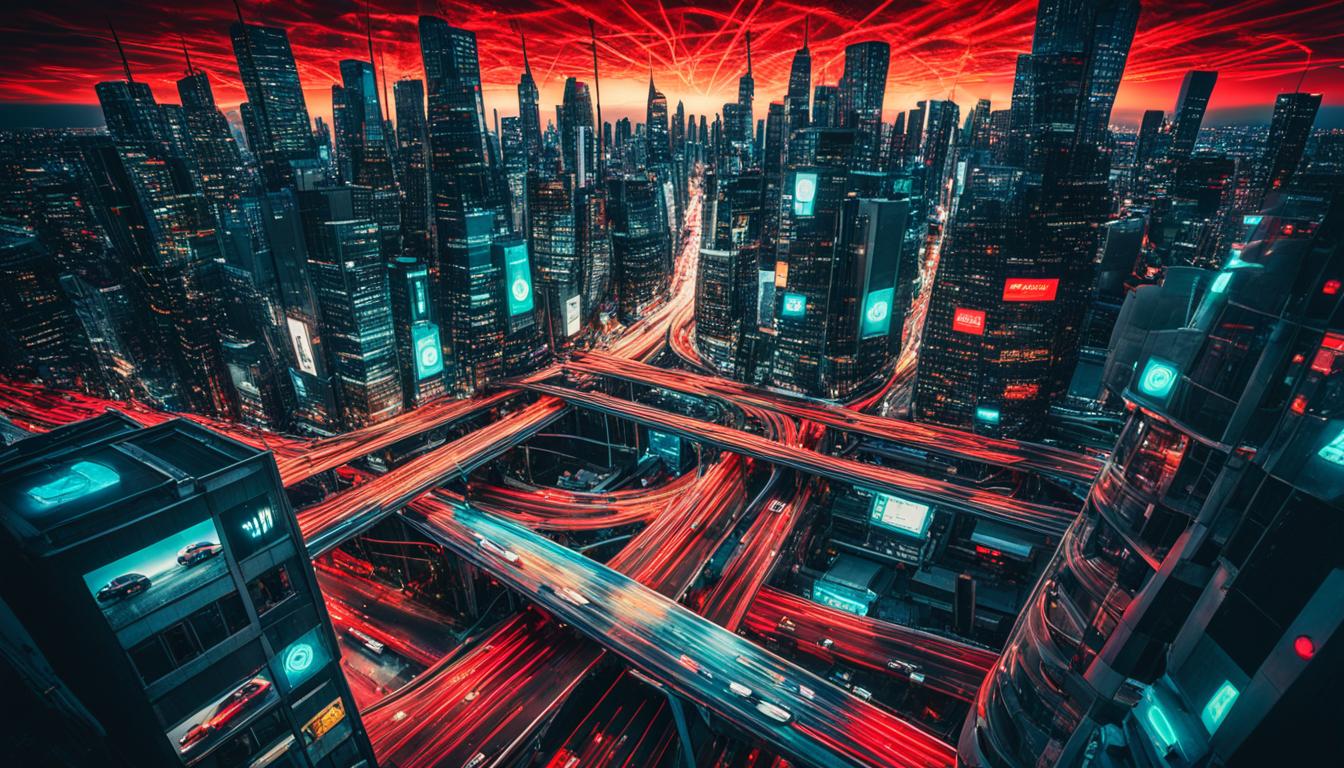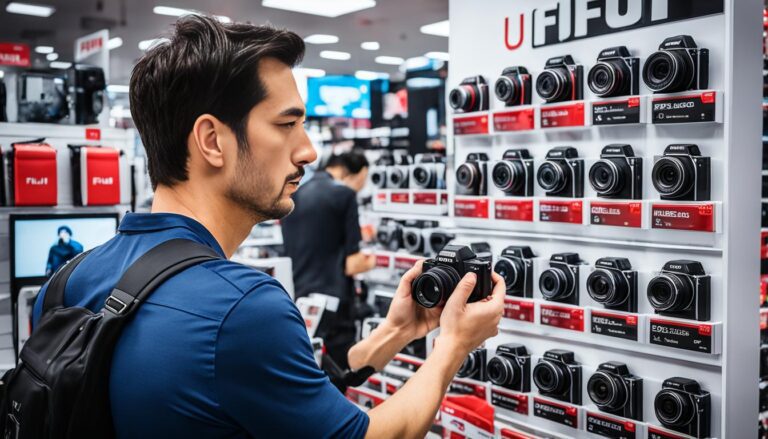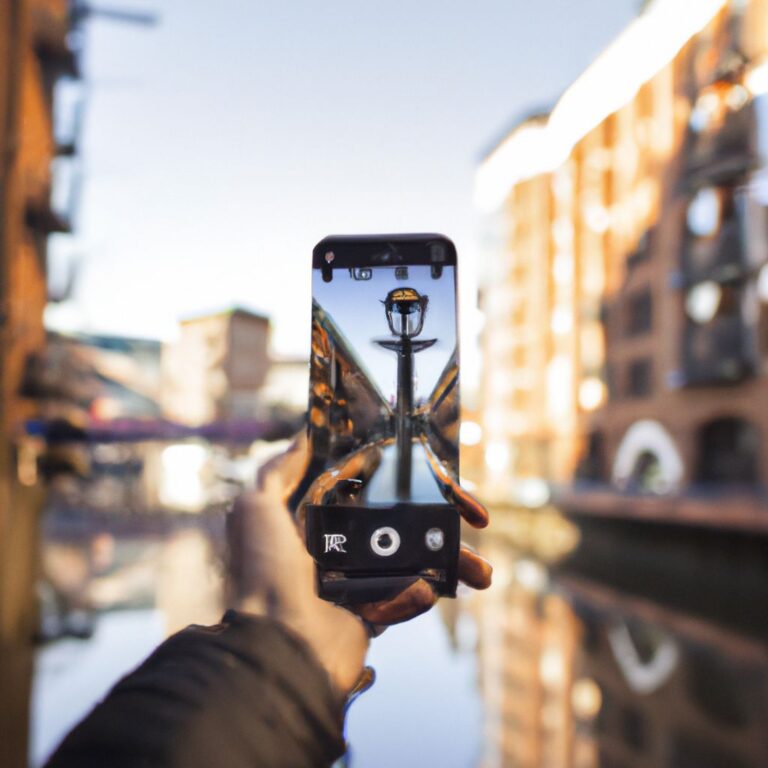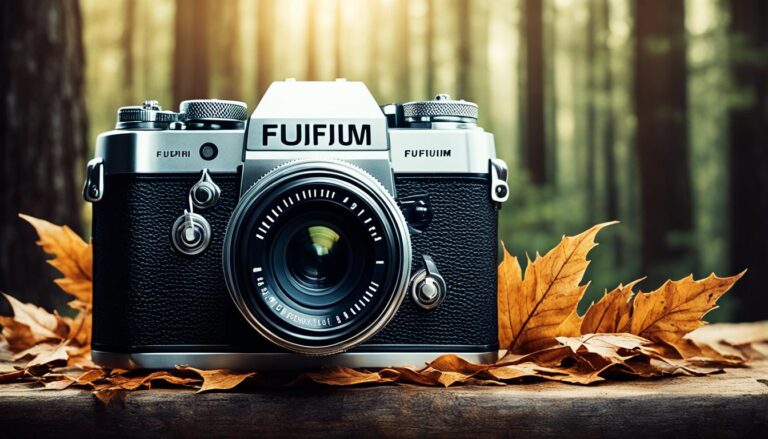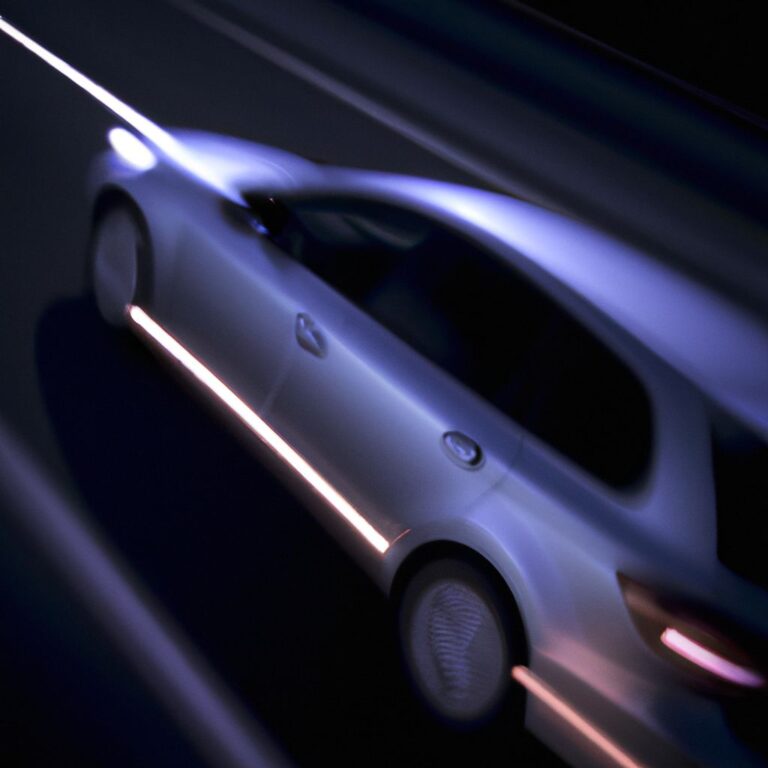are cameras on traffic lights
When we approach a traffic light, we often notice cameras perched atop the poles. But are these cameras actually red light cameras, ready to catch us in the act of running a red light? The answer may surprise you.
Contrary to popular belief, the cameras on traffic lights are not primarily used for catching red light violations. Instead, they serve a different purpose: traffic monitoring. These cameras are owned by the Florida Department of Transportation (FDOT) and are part of their traffic monitoring technology. They provide real-time streaming of traffic conditions to traffic engineers, law enforcement, and local authorities, allowing them to monitor traffic flow and make necessary adjustments to promote driving safety.
While the FDOT may occasionally save footage from these cameras, their main function is not to record footage for red light offenses or car accident cases. In fact, the chances of the footage from these cameras being used in a car accident case are relatively low. So, if these cameras aren’t the ones capturing evidence, what other cameras can provide valuable video evidence?
Key Takeaways:
- The cameras on traffic lights are primarily used for traffic monitoring, not recording footage for red light violations.
- These cameras are owned by the Florida Department of Transportation (FDOT) and provide real-time streaming of traffic conditions for traffic engineers and law enforcement.
- Other cameras, such as dash cams, surveillance cameras, and bystander footage, can provide valuable video evidence for car accident cases.
- Understanding the different types of cameras on traffic lights and their limitations is essential when seeking video evidence in car accident cases.
- Exploring all possible sources of video evidence is crucial for building a strong case and establishing liability.
Understanding the Cameras on Traffic Lights
The cameras on traffic lights, often referred to as red light cameras, play a vital role in enforcing traffic laws and ensuring road safety. These cameras are specifically designed to automatically capture images of vehicles that enter an intersection against a red light, providing valuable evidence for potential red light violations. Placed strategically at busy intersections, these cameras help monitor and deter traffic violations, ultimately contributing to the overall safety of drivers and pedestrians.
In addition to red light cameras, there are other types of cameras found on traffic lights that serve different purposes within the realm of traffic law enforcement. For instance, traffic sensors are commonly used to detect the presence and flow of vehicles, helping to optimize the timing of traffic lights. By accurately identifying traffic patterns, these sensors help to improve traffic flow and minimize congestion.
Another type of camera you may encounter on traffic lights is the speed camera. These cameras are used to monitor and enforce speed limits, capturing images of vehicles that exceed the designated speed threshold. The purpose of speed cameras is to encourage drivers to adhere to speed limits, reducing the possibility of accidents and promoting safer driving habits.
The Importance of Traffic Light Cameras in Traffic Law Enforcement
Traffic light cameras and their various types work collectively to enhance traffic law enforcement efforts. By automatically capturing images of red light violations and providing evidentiary support, these cameras effectively deter drivers from running red lights, ensuring the safety of all road users.
Moreover, the presence of traffic light cameras encourages drivers to obey traffic laws and adopt responsible driving habits. Knowing that red light violations can be easily detected and result in penalties, drivers are incentivized to exercise caution and comply with traffic regulations.
In conclusion, understanding the different types of cameras on traffic lights, including red light cameras, traffic sensors, and speed cameras, is essential to comprehending the role they play in traffic law enforcement. These cameras serve as valuable tools that help maintain order on the roads, reduce accidents, and ensure the safety of everyone using them.
Other Sources of Video Evidence
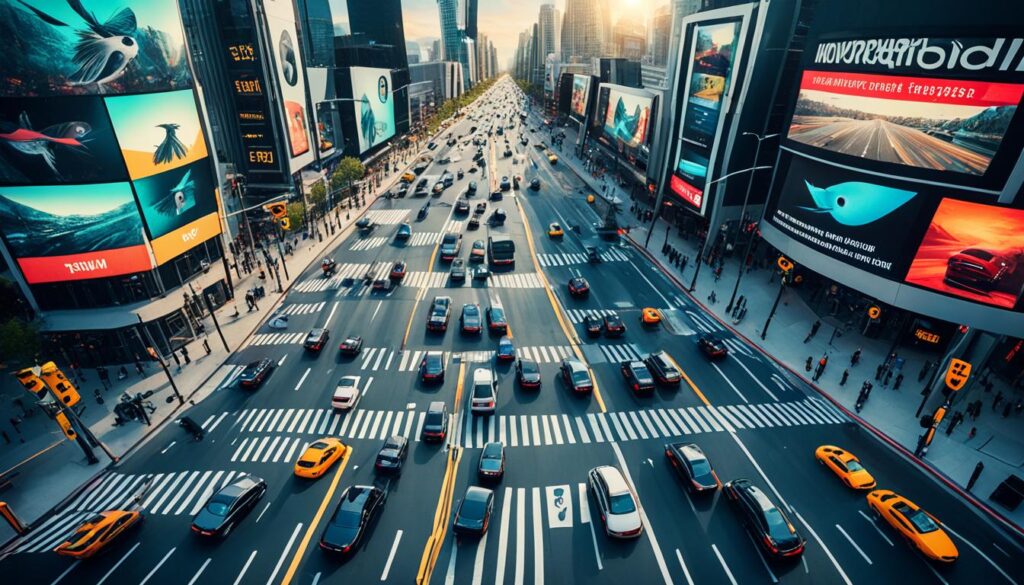
While cameras on traffic lights may not always provide the necessary evidence for a car accident case, there are other sources of video footage that can be used.
Business or home security cameras facing the road can capture valuable evidence of liability in a car accident. These cameras are usually owned by private individuals or businesses, and accessing the footage may require contacting the owner directly.
Additionally, dash cams installed in vehicles can capture real-time footage of the accident, providing an unbiased account of what happened. Bystanders using smartphones may also have captured videos or photos of the accident, which can be useful evidence.
Taking video footage of the accident scene yourself, including the vehicles involved and any visible injuries, can also be crucial for building a strong case.
What to Look for on Traffic Lights
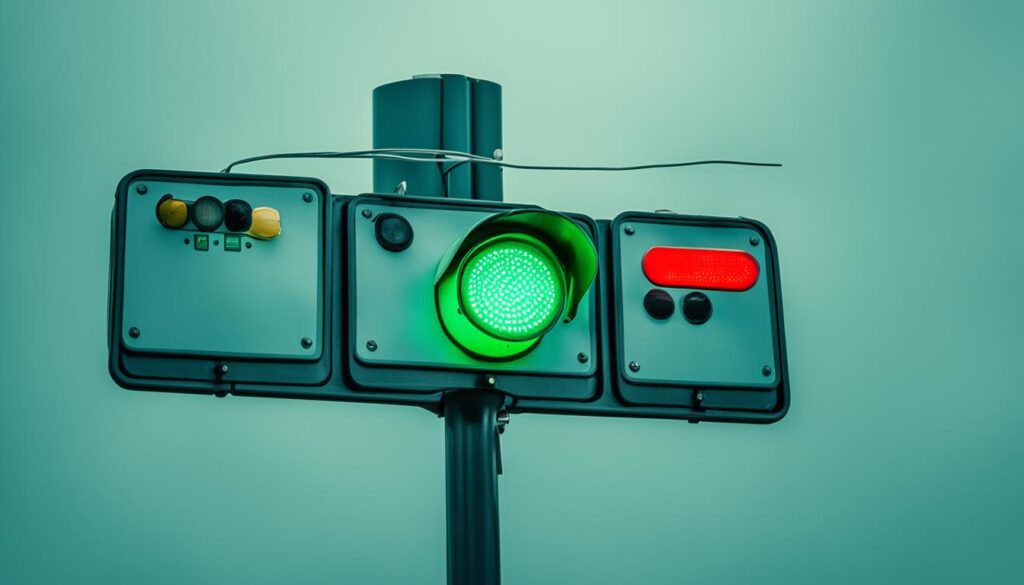
Apart from cameras, there are other devices and gadgets that you might find on top of traffic lights. These can include sensors for detecting traffic and adjusting the timing of the lights, as well as devices for first responders to control the lights in emergency situations. Some intersections may also have crosswalk signals or pedestrian detection sensors on top of the traffic lights. These gadgets and devices are all part of the traffic management system and are designed to enhance the safety and efficiency of traffic flow. It’s important to be aware of these devices and their functions to better understand the technology behind traffic lights.
By incorporating a combination of cameras, sensors, and first responder devices, traffic lights are equipped to handle the complex task of managing traffic. These traffic light gadgets work together to detect vehicle presence, adjust signal timing, and ensure a smooth flow of traffic. From sensors that monitor traffic volume to devices that give priority to emergency vehicles, these traffic light gadgets play a crucial role in maintaining safety on the roads.
Conclusion
When it comes to car accident cases, cameras on traffic lights may not always be the go-to source for video evidence. However, there are alternative options that can provide valuable footage to support your case. Dash cams, surveillance cameras, and bystander footage can all play a crucial role in establishing liability and strengthening your claim. It’s essential to explore all possible sources of video evidence to ensure you have a comprehensive and compelling case.
While cameras on traffic lights, owned by the Florida Department of Transportation (FDOT), are primarily used for traffic monitoring rather than recording, they can still be instrumental in understanding the overall flow of traffic. However, for specific incidents and accidents, it’s more likely that other types of cameras will capture the necessary footage.
If you’ve been involved in a car accident and need video evidence to support your case, consider reaching out to a personal injury attorney. They can help navigate the legal process and determine the best course of action for obtaining and utilizing video evidence. Remember, gathering as much evidence as possible is crucial to building a strong case and ensuring a fair resolution.
